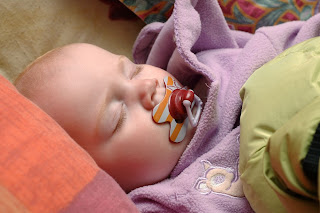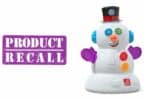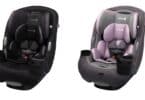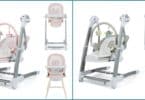 According to a recent report published in General Dentistry, the use of pacifiers in infants can actually lower the risk of Sudden Infant Death Syndrome (SIDS). This contradicts the negative attention pacifiers have received in the past, particularly regarding the potential harm to children’s oral health.
According to a recent report published in General Dentistry, the use of pacifiers in infants can actually lower the risk of Sudden Infant Death Syndrome (SIDS). This contradicts the negative attention pacifiers have received in the past, particularly regarding the potential harm to children’s oral health.
The study found that babies who use pacifiers don’t sleep as deeply as those without pacifiers. This means they are more likely to be easily awakened from a deep sleep, reducing the chances of breathing problems. Additionally, pacifiers provide comfort and increase sucking satisfaction for infants.
However, it’s important to note that pacifier use should be discontinued by the age of two. Dr. Luke Matranga, a spokesperson for the Academy of General Dentistry, explains that by this age, any teeth misalignment or issues with bone development can usually be corrected within six months after pacifier use is stopped. Prolonged use of pacifiers and thumb sucking can potentially impact the proper growth of the mouth, teeth alignment, and even change the shape of the roof of the mouth.
Stopping pacifier use can be challenging for parents, but there are effective methods available. Some options include dipping the pacifier in white vinegar to make it taste unpleasant, gently piercing the nipple with an ice pick or cutting it shorter to reduce satisfaction, leaving it behind on a trip, or implementing the “cold turkey” method.
By understanding the potential benefits and risks associated with pacifiers, parents can make informed decisions and take steps to ensure their child’s oral health and overall well-being.
Tips and recommendations:
- Pacifier use should be restricted to the time when the infant is falling asleep.
- Pacifiers can cause severe lacerations if the shield is held inside the lips.
- Look for a pacifier with ventilation holes in the shield, as they permit air passage. This is important if the pacifier accidentally becomes lodged in the child’s throat.
- In order to prevent strangulation, do not place a cord around a child’s neck to hold a pacifier. Look for pacifiers that have a ring.
- A symmetrical nipple permits the pacifier to remain in the correct sucking position.
- Dispose of the pacifier after use; it is not sanitary to keep it or give it away.
SOURCE:CONSUMERAFFAIRS






